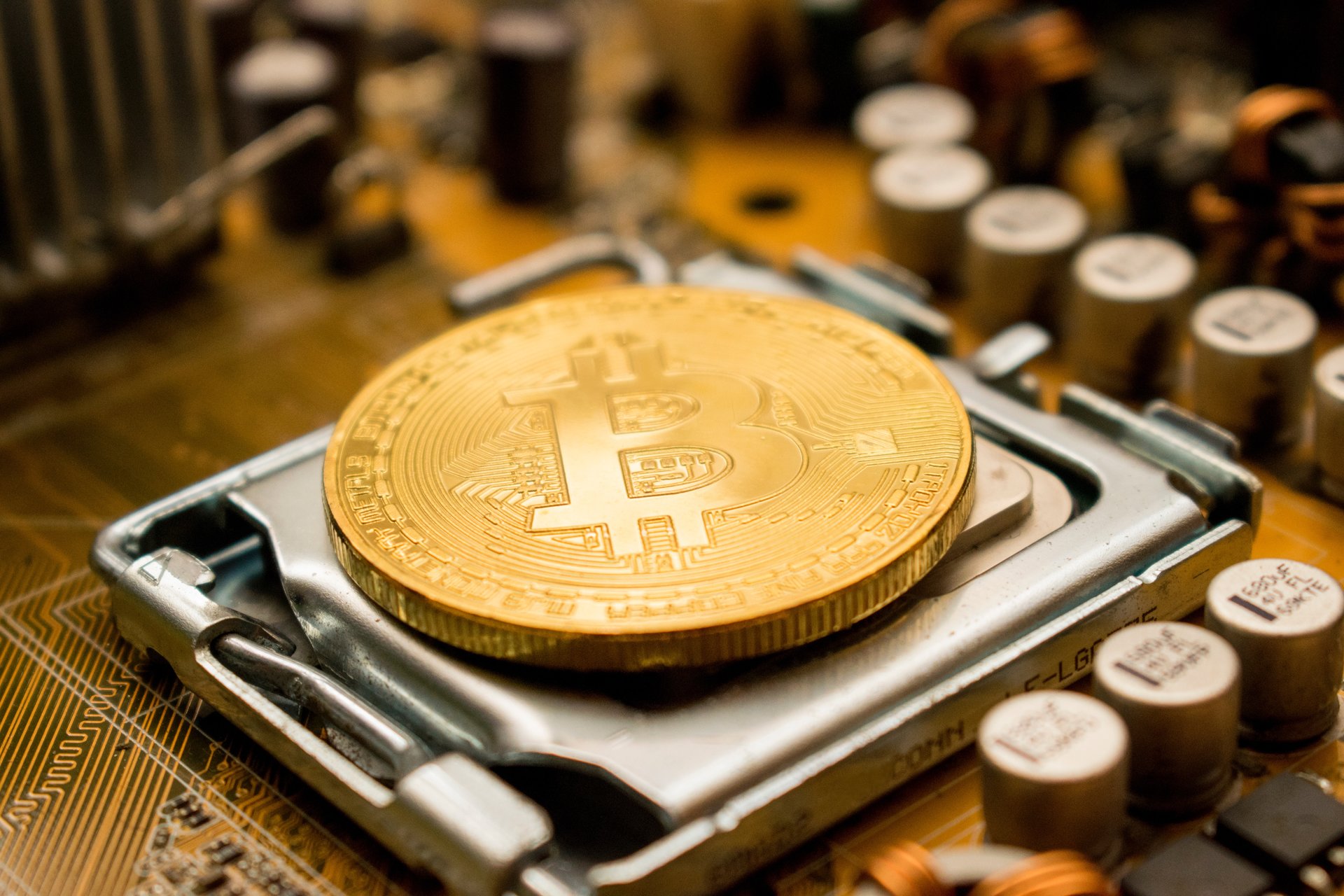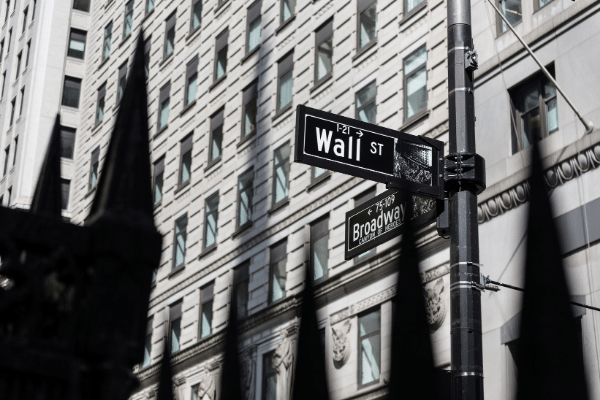As Bitcoin proves yet again just how volatile it can be, is there any hope for higher prices as we head towards the end of 2019?
Jacob Harding flicked off what seemed to be an endless trail of embers into an already cigarette-filled ashtray in his office. Harding, who was not a chain smoker by nature took a long drag on his cigarette, its butt well-chewed down from worry.

An accountant who took a long term view of investments, Harding had up till then only bought bonds and had just started his first tentative forays into stocks.
He could not have picked a worse time.
In the summer of 1987, Harding, on the advice of his colleagues at the accounting firm where he had spent a lifetime being conservative, saw how inflation was steadily eating away at the face value of his bonds, ever since the 1970s.
Determined to counter the effect of inflation, Harding started to vary his investment portfolio, piling on what he had supposed were safe, blue-chip stocks, to buttress his assets.
But in the autumn of 1987, whether by a cruel twist of fate and just as Harding’s portfolio started to take on large positions in stocks, the market had what to date remains it’s biggest single-day crash — an event referred to as “Black Monday.”
On Monday, October 19, 1987, the Dow Jones Industrial Average, the key U.S. benchmark for stocks, fell exactly 508 points to 1,738.74 or over one-fifth of its value — 22.61%.
And while many explanations were offered for the crash, including program trading, overvaluation of stocks, a lack of liquidity and overall market psychology — the aftermath of the event was that the New York Stock Exchange installed what is known as “circuit breakers” designed to stop trading whenever stocks dive too far and too fast — think of them as a forced timeout to give investors a chance to calm down and to interrupt the panic.
Today, if stocks dived even 7%, trading would be suspended for 15 minutes. A decline of 20% would shut down trading for the rest of the day.
No Brakes For Bitcoin
Which is what makes Bitcoin’s precipitous 15% decline last week, which going by normal market psychology ought to have precipitated even greater falls, so peculiar — there are no suspensions in Bitcoin trading, a freefall is very possible.
In what can only be described of like Bitcoin’s worse week of trading this year, the bellwether cryptocurrency fell 15% to around US$10.145, it’s biggest five-day decline since last November and on the back of increased institutional participation and a bullish uptick for 2019.

But against this backdrop, the Bloomberg Galaxy Crypto Index, which measures overall cryptocurrency sentiment using an index of curated cryptocurrencies only fell some 12%, despite strengthening Bitcoin dominance among cryptocurrencies in general.
To be sure, 15% is significant but unsurprising for anyone who has traded cryptocurrencies, that the drop has not been a freefall however, should be indicative of some potential “value-seeking.”
During Bitcoin’s rise, which had demonstrated an inverse relationship to the slide in equities, some pundits had heralded Bitcoin as a “safe haven asset,” likening it to gold.
Not Everything That Glitters is Gold
As investors dumped assets which were perceived as “risky” Bitcoin joined their ranks, plunging even lower, dragging other cryptocurrencies down along with it, Ethereum slumped 12% and Ripple as much as 20% at one point.
Considering that investors are now holding trillions of dollars of negative yielding bonds, it was always going to be a stretch of the imagination that Bitcoin was ever going to fulfill the role of a safe haven asset in the purest sense of the meaning.
It’s simply not practical to believe that every participant in global risk markets will be using Bitcoin as a hedge or a flight to quality and they are therefore not selling Bitcoin when markets go back to “risk on.”

And because Bitcoin is such a small asset relative to the rest of the markets, it just doesn’t take that much to push Bitcoin one way or the other.
As central banks from around the world engage in competitive rate-cutting and successive rounds of quantitative easing, Bridgewater Associates’ Ray Dalio’s new investment paradigm (rightly or wrongly) is being extended into Bitcoin.
According to Dalio, in a new era of currency devaluation, cash and bonds will no longer be reliable stores of value and he recommends buying gold — a view which some investors are extending to what is being touted as digital gold — Bitcoin.
No Safe Haven for Investors
But not everyone is on board with such a liberal extension of Dalio’s principles (if you will). In particular, Bloomberg’s Lionel Laurent, argues that Bitcoin as a safe haven makes absolutely no sense and the pundit is no fan of gold either.
Over the past eight years, treasuries have returned some 27%, while gold, the stuff of pirates and plunder has lost some 18% for Captain Jack Sparrow and the rest that fly the jolly roger.
Which is why the comparison of gold to Bitcoin may be attempted, but to view the two as safe-haven assets may be ever so slightly premature.

To be sure, one season’s safe haven is another season’s risk asset and at any one point along the course of financial history, it is often difficult to pinpoint what is and is not a “safe” investment, especially when it comes to new instruments such as Bitcoin.
And though it may look a bit bubbly, the bond market’s run may still have some legs in it, with signs that 10-year U.S. treasuries could hit a new low of 1%.
With the outlook for U.S. economic growth tepid, the ever-looming specter of an all-out trade war with China and the moribund economies of Germany and the United Kingdom dragging down global sentiment — investors may still keep pouring into bonds — until they stop.
The problem with any asset class is that when investors swing too far in any specific direction — bonds vs stocks, growth stocks vs blue chips, gold vs dollar and yes, Bitcoin vs everything else — a small group of investors who take a contrarian view could very easily lead a counter move into a whole new asset class that develops overnight.
While many Bitcoin maximalists no doubt hope that that day has arrived for Bitcoin, the continued volatility in the world’s first digital asset suggests that for now at least, there are just as many contrarians to that view as there are contrarians to the former — confused yet?
Written By Patrick Tan
CEO of Novum Global Technologies, a cryptocurrency quantitative trading firm. Trading up to 100,000 times a day the way only an algorithm could.



